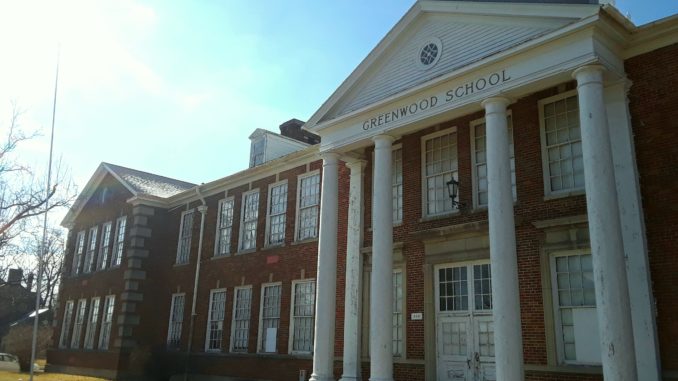
Despite Truman State University’s original plan to complete construction this fall, the Greenwood Autism Center is still in legislative limbo.
Truman has been working to convert the Greenwood Building into an autism clinic for the past three years. The University’s goal is to create a regional autism therapy and diagnosis center where students can have hands-on experience working with professionals to serve patients, but their plans have been pushed back as the state withholds funding.
Dave Rector, vice president for administration, finance and planning, said the Greenwood project was popular enough to get a $5.5 million commitment from then-Gov. Jay Nixon in 2016. A few months later, the project funding was cut so the University only had a enough money to create the design plans for the building. After the University created project designs, then-Gov. Eric Greitens withheld the funding for the Greenwood Building again. Gov. Mike Parson has committed $550,000 to Greenwood so far, which has gone toward replacing the windows facing Halliburton and Normal streets.
Rector said the University purchased the Greenwood Building in 1999 for $50,000. The Greenwood Building was purchased from Kirksville R-III School District with the purpose of making it a storage place for the University, according to a 1999 article published in The Index. Truman also purchased two other properties: the Benton Elementary School, which the University demolished, and Willard Elementary School, which it immediately sold to Covenant Life Fellowship.
Rector said Truman has submitted another request for $5.3 million to complete the Greenwood renovation project. He said he expects to see whether the project will be funded when Parson releases his budget recommendations in January.
Rector said despite already receiving some money, the cost of the remainder of the project is about the same as it was originally: around $5.5 million.
“Even though it started out at $5.5 million and they gave us money, meanwhile three years will have gone by and so everything is going up — labor costs, construction costs and everything else,” Rector said.
Rector said if the state were to provide funding this year, the earliest the University would see it would be July. The Board of Governors would then have to pass construction plans at their February 2020 meeting, so construction could take place over that summer. Rector said the earliest it could possibly be open would be September 2020.
In an email to The Index, former University President Troy Paino said he saw an opportunity to make the Greenwood Building into something more than a storage facility.
“From what I recall, the idea for the clinic evolved over time,” Paino wrote. “From the beginning of my presidency in 2010, I explored ideas on how to convert the Greenwood school into an asset for Truman and the community. It is a beautiful, historic building, but it was merely serving as a storage facility at some cost to the University. Many citizens of Kirksville saw Greenwood as a symbol of the community and the value it places on education. Could we have razed the building? Yes, and we considered that option. I just thought before doing that, we should explore ideas on how to make it a resource for both Truman and the community.”
Paino explained the academic leadership team began to look at different ways to use the space for experiential and interdisciplinary learning to serve Truman students and the region.
Paino said it was Janet Gooch, the current vice president for academic affairs and provost, who was serving as the dean of the School of Education and Health Sciences at the time, who contributed the idea of an autism clinic to address the demands in Northeast Missouri.
“I loved the concept,” Paino wrote. “It would offer experiential learning opportunities for Truman students in a variety of majors (Education, Nursing, Communication Disorders, etc.), create a laboratory for interdisciplinary learning and collaboration, provide a curricular complement to Truman’s popular Disability Studies minor, and restore this beautiful building to serve its original purpose of educating young people and serving Northeast Missouri. What a powerful way for Truman to live its public purpose and prepare young people for service.”
Gooch said the University was looking for an initiative involving healthcare and the STEM field, which was popular in the Missouri legislature. She said Truman’s proposal for an autism center resonated with lawmakers.
Paino wrote that it was his decision to renovate the Greenwood Building, but he had the support of the Board, local representatives and Nixon at the time. He wrote that A.T. Still University was also interested in the opportunity to collaborate. Paino wrote that he trusts current University President Sue Thomas to explore every option and make the best decision for Truman and the region to make this concept a reality.
In addition to the new funding request to the state, Gooch said the University is exploring other options.
“Every once in a while, we get wind that some of the money is placed back in [to the Greenwood Project], but we haven’t realized any additional funding,” Gooch said. “That’s what has sparked us to look for some other ways to make this happen, so we have been collaborating with A.T. Still University and the Adair County Senate Bill 40 and Northeast Missouri Health Council to try to figure out ways that we can make this happen independent of money from the state.”
